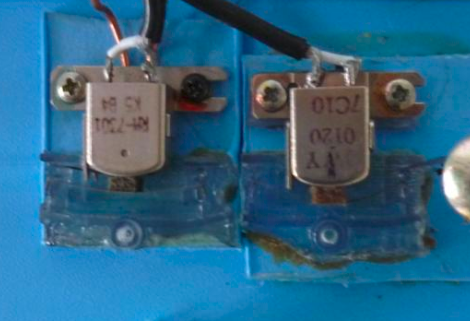
Yep, if you’ve got a button that needs pushing, this is one way to do it. [Travis] combined an old alarm clock with a car door-lock actuator and minimal logic circuitry to make this happen. When the alarm time is reached, the adjustable actuator comes down to press whichever button has been placed under it. In the video after the break he’s using it to schedule the start time for his Roomba, make his coffee, heat his pizza, or pointlessly press the clock’s own snooze button (classic). We think this is just begging to be used with a Rube-goldberg setup, perhaps to topple to dominos that other robot took the time to set up. Oh wait… that shows up in the video too. Fantastic!
















